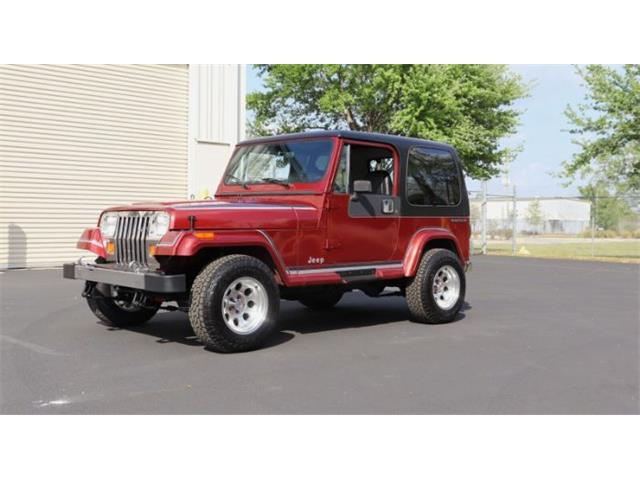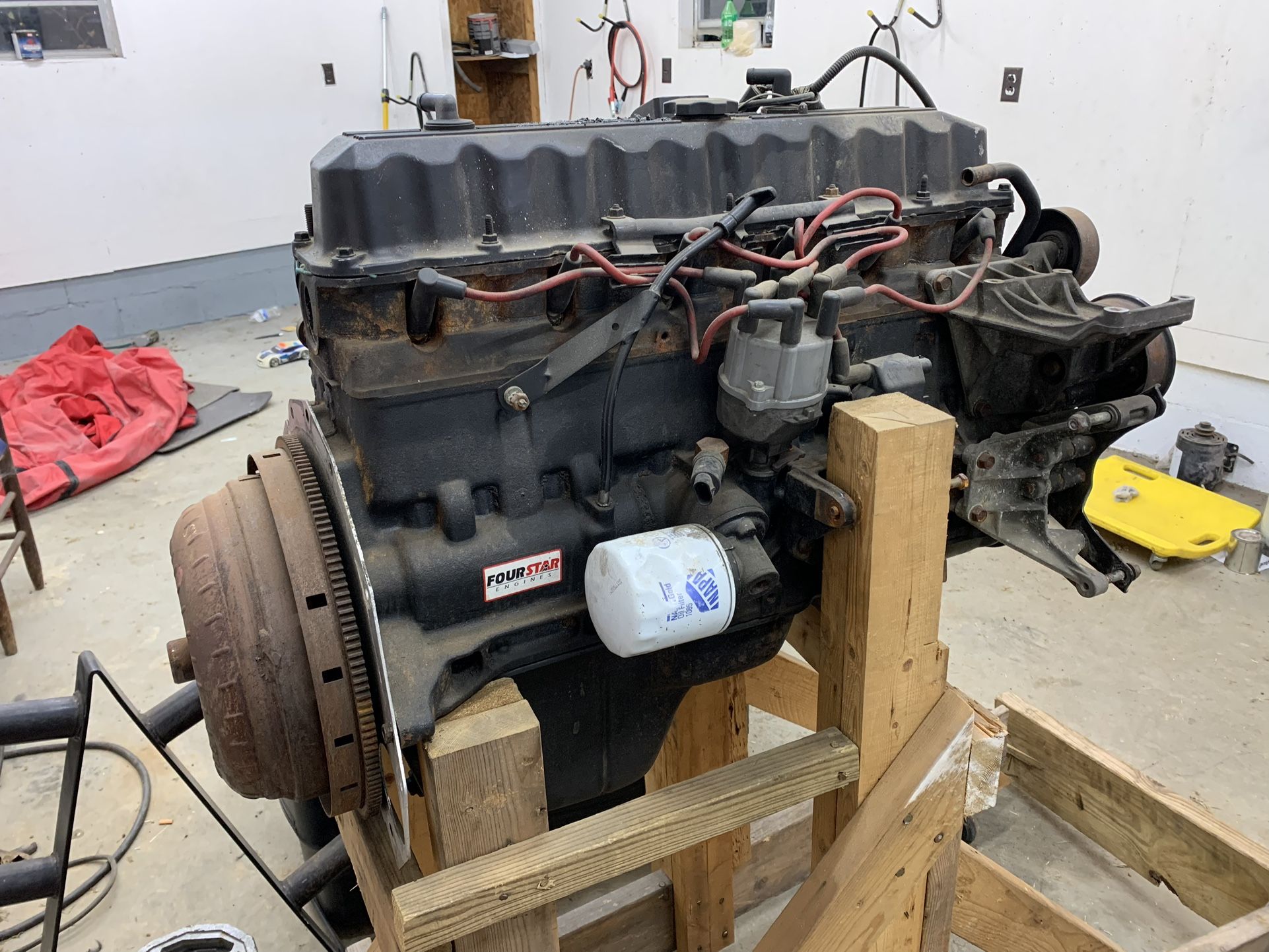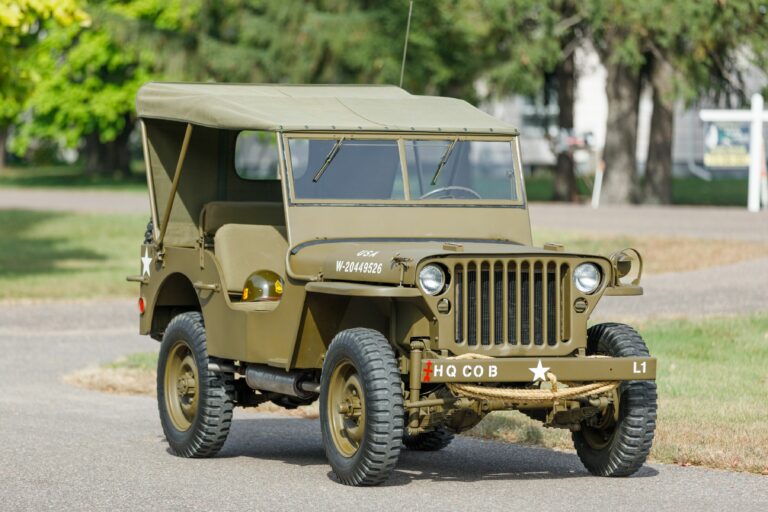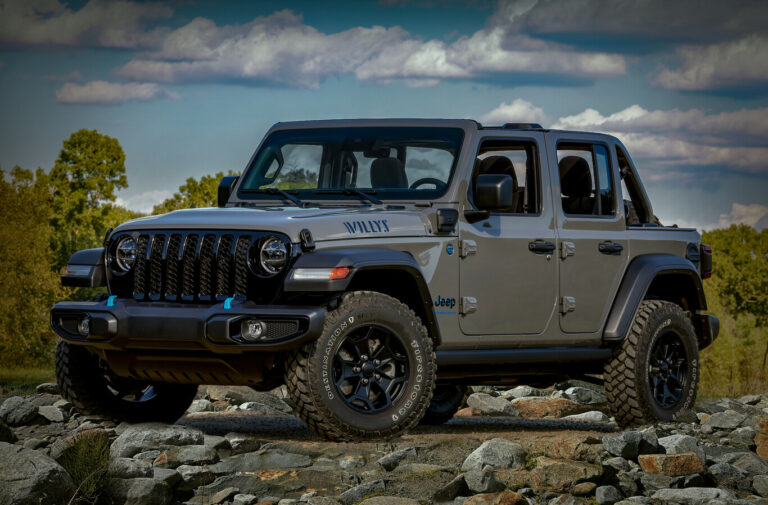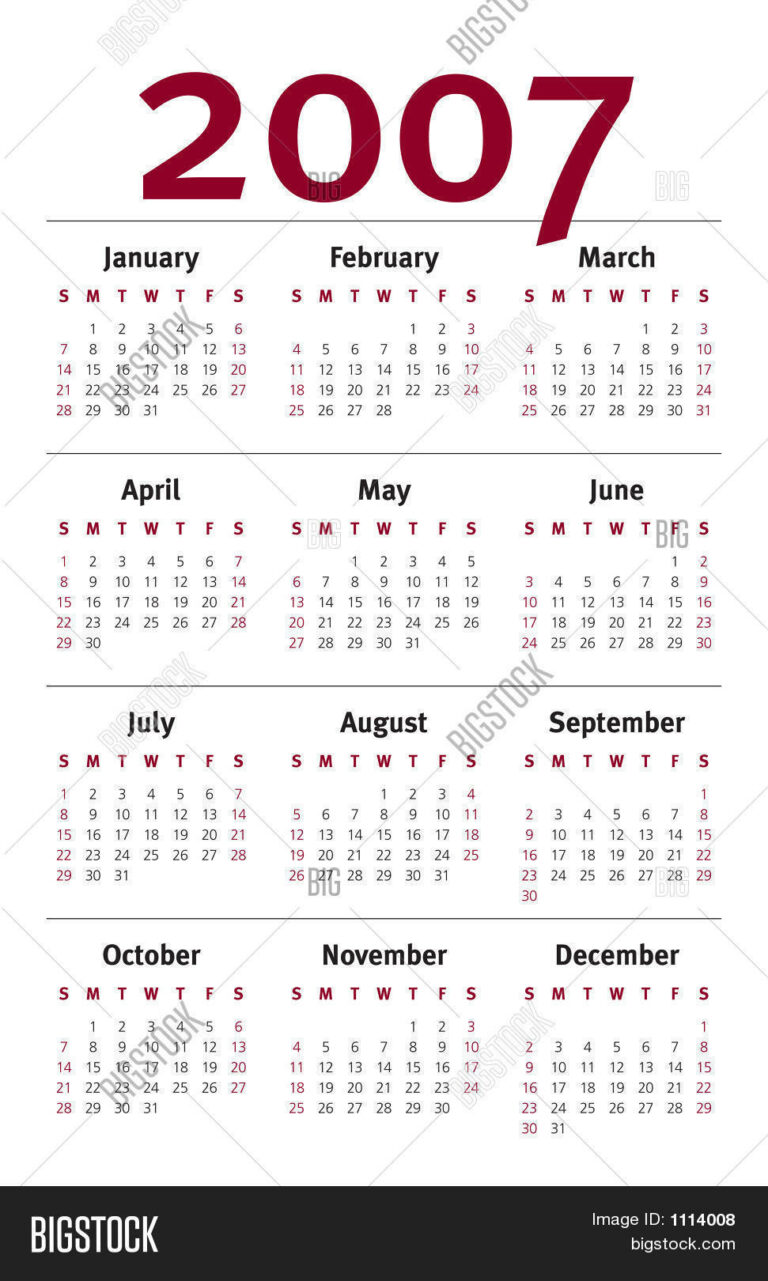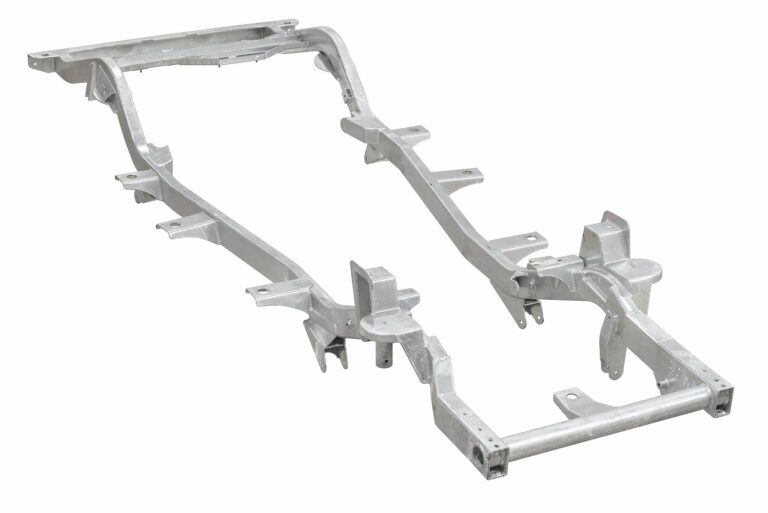1987 Jeep Wrangler Engine For Sale: A Comprehensive Buyer’s Guide
1987 Jeep Wrangler Engine For Sale: A Comprehensive Buyer’s Guide jeeps.truckstrend.com
The 1987 Jeep Wrangler, affectionately known as the YJ, holds a unique place in automotive history. As the first iteration of the iconic Wrangler nameplate, succeeding the venerable CJ series, the YJ introduced square headlights and a more modernized approach while retaining the rugged, open-air spirit that defines a Jeep. For owners of these classic vehicles, finding a reliable and suitable engine can be a critical step in keeping their beloved YJ on the road, whether for daily driving, off-road adventures, or a meticulous restoration project. This comprehensive guide will delve into everything you need to know about purchasing a 1987 Jeep Wrangler engine.
The Heart of the YJ: Understanding the 1987 Jeep Wrangler Engine Options
1987 Jeep Wrangler Engine For Sale: A Comprehensive Buyer’s Guide
When discussing a 1987 Jeep Wrangler engine, it’s essential to understand the two primary powerplants offered during that model year. Each had distinct characteristics that appeal to different drivers and applications:
-
The 2.5L AMC 150 Inline-4 (I4): This was the standard engine for the 1987 YJ. It featured Throttle Body Injection (TBI) for fuel delivery, making it a relatively simple and reliable unit.
- Characteristics: Known for its decent fuel economy for a Jeep of its era, and adequate power for light duty and basic off-roading. It produced around 117 horsepower and 135 lb-ft of torque. Its simplicity made it easier to maintain and repair.
- Common Issues: While generally robust, common issues could include TBI unit wear, vacuum leaks, and occasional sensor failures typical of early electronic fuel injection systems.
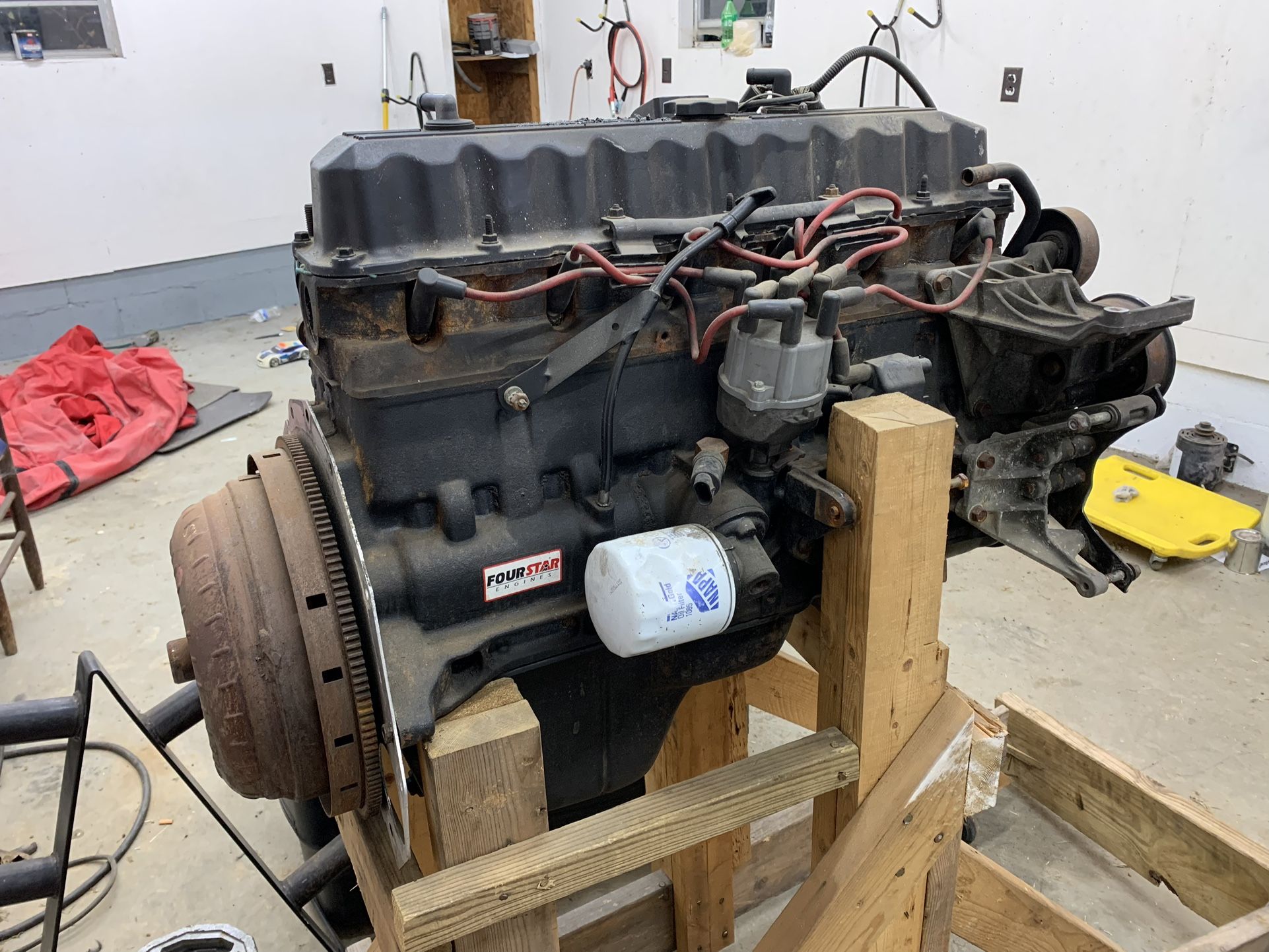
-
The 4.2L AMC 258 Inline-6 (I6): This was the more powerful, optional engine for the 1987 YJ, carried over from the CJ series. It was carbureted, utilizing a Carter BBD or a problematic OEM Carter feedback carburetor, and featured the Renix ignition system.
- Characteristics: Revered for its low-end torque, making it excellent for off-road crawling and towing. It produced around 112 horsepower but significantly more torque at 210 lb-ft. Its robust, under-stressed design contributed to its longevity.
- Common Issues: The notorious Carter BBD feedback carburetor often caused drivability issues, leading many owners to swap to aftermarket carburetors like a Weber. Vacuum line complexity and general carbureted engine quirks were also factors.

Understanding which engine type you have, or which one you prefer for a swap, is the first critical step in your search.
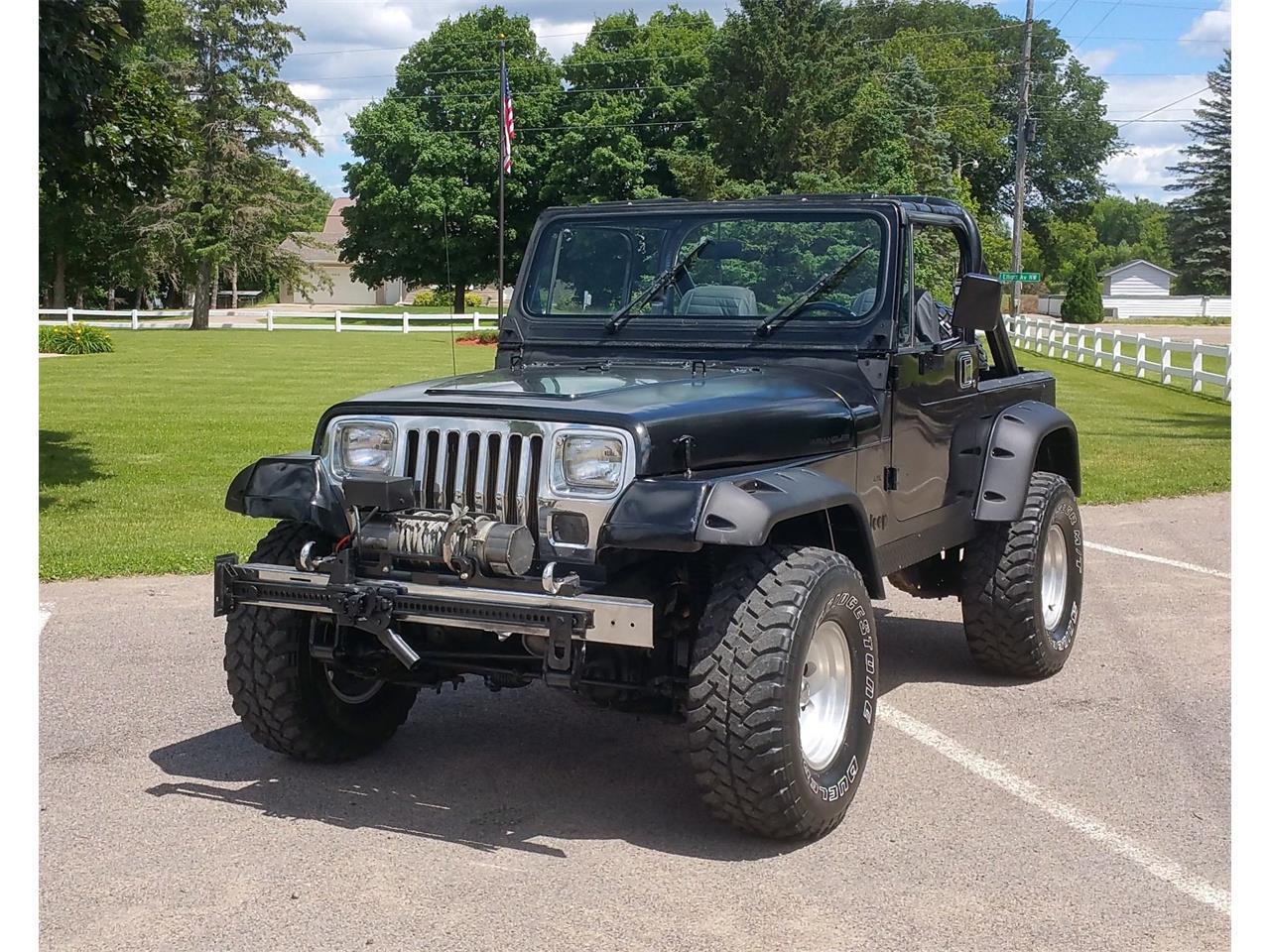
Why Buy a 1987 Jeep Wrangler Engine? Common Scenarios
Owners typically seek a replacement engine for their 1987 YJ under several circumstances:
- Catastrophic Engine Failure: This is the most common reason. A seized engine, cracked block, major internal component failure (e.g., thrown rod), or severe overheating can necessitate a complete engine replacement.
- Restoration Projects: For enthusiasts meticulously restoring a 1987 YJ to original specifications, finding a period-correct engine in good condition or a rebuildable core is paramount.
- Worn-Out Engine: After decades of service, even well-maintained engines can lose compression, burn excessive oil, or develop persistent issues that make replacement more economical than a full rebuild.
- Upgrades/Swaps (Within Original Options): While many modern swaps exist, some owners might want to upgrade from a 2.5L to a 4.2L (or vice versa) while keeping the vehicle largely stock in terms of engine type.
Where to Find a 1987 Jeep Wrangler Engine For Sale
The search for a 1987 YJ engine can lead you down several paths, each with its own advantages and disadvantages:
- Salvage Yards/Junkyards:
- Pros: Often the most affordable option. You might find a complete engine still in a donor vehicle, allowing for visual inspection.
- Cons: Condition is highly variable. Engines are sold "as-is," with no warranty and unknown history. You’ll likely need to pull it yourself.
- Online Marketplaces (eBay, Craigslist, Facebook Marketplace):
- Pros: Wide reach, potential for good deals, and direct communication with sellers. You might find engines from private parties or smaller shops.
- Cons: High risk of scams or misrepresentation. Verifying condition remotely is difficult. Shipping can be expensive and complicated. Always use secure payment methods.
- Specialty Jeep Part Retailers:
- Pros: Reputable dealers often offer used, rebuilt, or remanufactured engines specifically for Jeeps. They may provide warranties and better customer support.
- Cons: Prices are typically higher than junkyards or private sellers. Selection might be limited to what’s currently available.
- Engine Rebuilders/Machine Shops:
- Pros: You can purchase a professionally rebuilt engine with a warranty, offering peace of mind. They often require a core exchange.
- Cons: Higher cost due to the labor and parts involved in the rebuild process. Lead times can vary.
Key Considerations When Purchasing a 1987 Jeep Wrangler Engine
Before you commit to a purchase, meticulous consideration is crucial to ensure you get a reliable engine that fits your needs and budget.
- Engine Condition: Used, Rebuilt, Remanufactured, or NOS?
- Used: Cheapest, highest risk. Best if you can inspect it thoroughly (compression test, oil analysis).
- Rebuilt: An engine that has been disassembled, cleaned, inspected, and had worn parts replaced. Quality varies depending on the rebuilder.
- Remanufactured: A more extensive process than rebuilding, often done by specialized factories. Components are machined to original specifications, and virtually all wear parts are replaced. Typically comes with a better warranty.
- New Old Stock (NOS): Extremely rare for these older engines, but occasionally an original, unused engine might surface. Expect premium pricing.
- Mileage and History (for used engines): Ask for mileage, maintenance history (if available), and the reason the donor vehicle was parted out. A video of the engine running before removal is a huge plus.
- Completeness:
- Long Block: Includes the block, crankshaft, connecting rods, pistons, camshaft, and cylinder head(s). This is the most common offering.
- Short Block: Only the block, crankshaft, rods, and pistons. You’d need to supply your own cylinder head(s) and valvetrain.
- Complete Engine: Includes the long block plus intake manifold, exhaust manifold, carburetor/TBI unit, distributor, water pump, alternator, power steering pump, etc. These are rare and more expensive but offer plug-and-play convenience.
- Compatibility: Double-check the year, engine type (2.5L or 4.2L), and any specific variants (e.g., carbureted 4.2L). Ensure all mounting points and accessory provisions match your YJ.
- Warranty: Always inquire about a warranty, especially for rebuilt or remanufactured engines. Understand what it covers, for how long, and the process for claims. Used engines typically come with little to no warranty.
- Shipping and Logistics: Engines are heavy. Factor in shipping costs, which can be substantial. Confirm crating procedures and insurance. If picking up, ensure you have appropriate transportation.
- Pre-Purchase Inspection: If buying a used engine in person, look for obvious cracks, signs of major leaks, excessive sludge in the oil filler, or physical damage. A compression test is ideal if the engine is still in the vehicle or can be spun over.
The Installation Process: What to Expect
Replacing an engine is a significant undertaking that requires mechanical aptitude and specialized tools.
- DIY vs. Professional: If you have extensive automotive experience, a well-equipped garage, and a hoist, a DIY installation is possible. Otherwise, professional installation by a qualified mechanic is highly recommended.
- Necessary Tools: Engine hoist, engine stand, torque wrenches, various sockets and wrenches, fluid drains, and potentially specialized diagnostic tools.
- Additional Parts: Even if you buy a complete engine, you’ll likely need new gaskets (oil pan, valve cover, intake/exhaust manifold), fluids (oil, coolant), spark plugs, belts, hoses, and possibly sensors or wiring connectors. Budget for these ancillary items.
- Break-in Procedures: A newly installed or rebuilt engine requires a specific break-in period to seat piston rings and bearings properly. Follow the manufacturer’s or rebuilder’s recommendations carefully to ensure longevity.
Potential Challenges and Solutions
- Finding a Reliable Seller: Stick to reputable businesses, check reviews, and ask for references. For private sellers, demand detailed photos, videos, and clear communication.
- Verifying Engine Condition Remotely: Ask for a video of the engine running (if possible), detailed photos from all angles, and a written description of its history. A third-party inspection service might be an option for higher-value engines.
- Shipping Damage: Ensure the engine is properly crated and insured. Inspect the shipment immediately upon arrival and document any damage with photos before signing off.
- Post-Installation Issues: Even with a good engine, issues can arise from incorrect installation, vacuum leaks, wiring problems, or tuning needs (especially for carbureted engines). Be prepared to troubleshoot or seek professional help.
- Cost vs. Value: Weigh the total cost of the engine, shipping, and installation against the overall value of your YJ. Sometimes, a full rebuild of your existing engine might be more cost-effective or desirable if the block is salvageable. For some, investing in a newer, more powerful engine swap (like a 4.0L HO) might make more sense, though this falls outside the scope of a 1987 engine replacement.
Practical Advice and Actionable Insights
- Do Your Research: Understand the specifics of your 1987 YJ’s engine requirements.
- Ask Detailed Questions: Don’t be afraid to ask sellers for every piece of information you can think of. A reputable seller will be transparent.
- Get it in Writing: If a warranty or specific condition is promised, ensure it’s documented in writing.
- Factor in All Costs: Beyond the engine’s price, consider shipping, core charges, ancillary parts, and potential professional installation fees.
- Patience is Key: Finding the right engine might take time. Don’t rush into a purchase.
1987 Jeep Wrangler Engine Estimated Price Guide
Please note: These prices are estimates and can vary significantly based on location, seller, engine completeness (long block vs. complete), and current market demand. Core charges for rebuilt/remanufactured engines typically range from $300-$800 and are refunded upon return of a rebuildable core.
| Engine Type | Condition | Estimated Price Range (USD) | Typical Inclusions | Notes |
|---|---|---|---|---|
| 2.5L I4 | Used (Tested) | $500 – $1,200 | Long block (block, head, rotating assy.) | Condition highly variable; "as-is" sale likely. |
| 2.5L I4 | Rebuilt (Local) | $1,500 – $2,500 | Long block; often core exchange req. | Quality varies by rebuilder; short warranty (e.g., 90 days). |
| 2.5L I4 | Remanufactured | $2,000 – $3,500 | Long block; core exchange req. | Factory-level reconditioning; better warranty (e.g., 1-3 years). |
| 4.2L I6 | Used (Tested) | $700 – $1,500 | Long block (block, head, rotating assy.) | Higher demand due to torque; "as-is" sale likely. |
| 4.2L I6 | Rebuilt (Local) | $1,800 – $3,000 | Long block; often core exchange req. | Popular choice for restoration; short warranty. |
| 4.2L I6 | Remanufactured | $2,500 – $4,000 | Long block; core exchange req. | Best long-term reliability option; comprehensive warranty. |
| Shipping | N/A | $200 – $600+ | Freight shipping for heavy item | Varies by distance, service, and whether residential or commercial. |
| Installation | N/A | $800 – $2,000+ | Labor for engine R&R | Varies by shop rates, complexity, and additional parts needed. |
Frequently Asked Questions (FAQ)
Q1: What’s the main difference between the 2.5L and 4.2L engines in a 1987 YJ?
A1: The 2.5L is a four-cylinder with Throttle Body Injection (TBI), offering better fuel economy and simpler electronics. The 4.2L is a six-cylinder with a carburetor, known for its excellent low-end torque, ideal for off-roading, but often requiring carburetor tuning or replacement.
Q2: Can I put a 4.0L engine from a later YJ or TJ into my 1987 YJ?
A2: Yes, a 4.0L swap is a popular and beneficial upgrade due to improved power, reliability, and modern fuel injection. However, it’s not a direct bolt-in. It requires significant modifications to the engine mounts, wiring harness, fuel system, and potentially the transmission. This guide focuses on replacing with a period-correct 1987 engine type.
Q3: What’s the difference between a rebuilt and a remanufactured engine?
A3: A "rebuilt" engine typically means it was disassembled, cleaned, inspected, and had worn components replaced (e.g., new bearings, rings, gaskets). A "remanufactured" engine undergoes a more rigorous, factory-like process where all wear components are replaced, and many parts are machined to new specifications. Remanufactured engines generally offer higher quality and longer warranties.
Q4: How much does it typically cost to have a 1987 Jeep Wrangler engine installed professionally?
A4: Installation costs can range from $800 to $2,000 or more, depending on your location, the shop’s labor rate, and whether any additional parts (like hoses, belts, or sensors) need to be replaced during the process.
Q5: Are 1987 Jeep Wrangler engines reliable?
A5: Both the 2.5L and 4.2L engines are known for their robust design and general reliability if properly maintained. The 4.2L’s carburetor system can be finicky, but the underlying engine is very durable. The 2.5L is also a workhorse. Longevity depends heavily on past maintenance and driving conditions.
Q6: What should I do before installing a used engine?
A6: Before installing a used engine, it’s highly recommended to replace all seals and gaskets (rear main seal, oil pan gasket, valve cover gasket), check the condition of the water pump and thermostat, and potentially replace them. Inspect spark plugs, wires, and distributor components. Flush the cooling system and change all fluids.
Concluding Summary
Finding a 1987 Jeep Wrangler engine for sale is more than just a transaction; it’s an investment in keeping a piece of automotive history alive. Whether you opt for a budget-friendly used engine, a professionally rebuilt unit, or a meticulously remanufactured powerhouse, thorough research and careful consideration are paramount. By understanding the engine options, knowing where to look, asking the right questions, and budgeting for all associated costs, you can confidently acquire the heart your YJ needs to continue its adventures for years to come. Your classic Wrangler deserves nothing less than a well-informed decision to ensure its roar is heard for generations to come.
